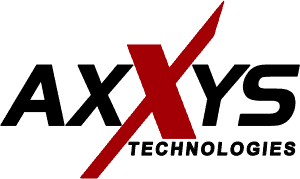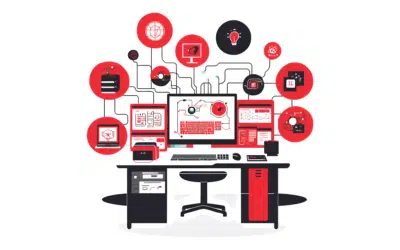Today’s cars are no longer just mechanical powerhouses, but finely tuned computers on wheels. Innovations in technology and the internet of things (IoT) movement has started to change the way automakers and consumers look at transportation. One major area of innovation is in wireless technologies and how our vehicles can communicate with one another to keep us safer and also receive software updates and patches.
Wireless Communications and Tesla
Tesla has been leading the automotive technology race for the past few years. With most manufacturers, if you want the newest model – you have to purchase it. Some people even trade-in the older model for the newer model year after year, spending thousands of dollars just to have the latest and greatest vehicle.
Tesla completely changed the game for their customers. With your Tesla connected to Wi-Fi, you could have the latest software downloaded and installed automatically overnight. When you wake up, you already have the latest “model” of the vehicle.
“Even in our classic 2012 car, it gets better with time.” – Dawn and Andrew, Owners since 2012
The software updates can range from security patches to new features and new UI components. At the time of this writing, the software is at version 8.0. In October of 2015, 7.0 was rolled out to vehicles and introduced the autopilot feature. 7.1 improved upon that with the ability to summon the vehicle. Watch a video from Tesla showcasing the Autopilot and self-parking features.
V2V – the Wi-Fi of vehicles
An initiative that auto manufacturers are working on is known as vehicle-to-vehicle or V2V. V2V uses Dedicated Short Range Communications (DSRC) along with GPS to provide data to similarly equipped vehicles.
This technology allows vehicles to become nodes in a network of interconnected cars, sending information on speeds, accidents, weather, and other various points of data. This information can then be presented to the driver so increase their situational awareness. The United States Department of Transportation (DOT) is working with the Intelligent Transportation Systems of America to help tackle some of the biggest challenges of the transportation industry. According to a document from the US DOT website, these challenges revolve around safety, mobility and the environment.
The DOT website also has a few infographics detailing some of the integrated applications and are as follows:
- Do Not Pass Warning – Warns the driver that it’s unsafe to pass if the passing zone is occupied by another vehicle.
- Intersection Movement Assist – Warns the driver if it isn’t safe to enter the intersection – an example would be another driver running a stop sign.
- Lane Change Warning /Blind Spot Warning – Warns the driver if someone is in the blind spot.
- Work Zone Warning – Alerts the driver when traveling through a work zone.
- Stop Sign Gap – Warns the driver when it is unsafe to enter a stop sign controlled intersection.
At Axxys, we’re always learning about the innovative ways wireless technologies are changing our lives. We’re excited to see how V2V and Wi-Fi evolve in the next few months. Remember, the power of these vehicles comes from its ability to connect to Wi-Fi, if you want to ensure your network is up to standard – contact us today!








